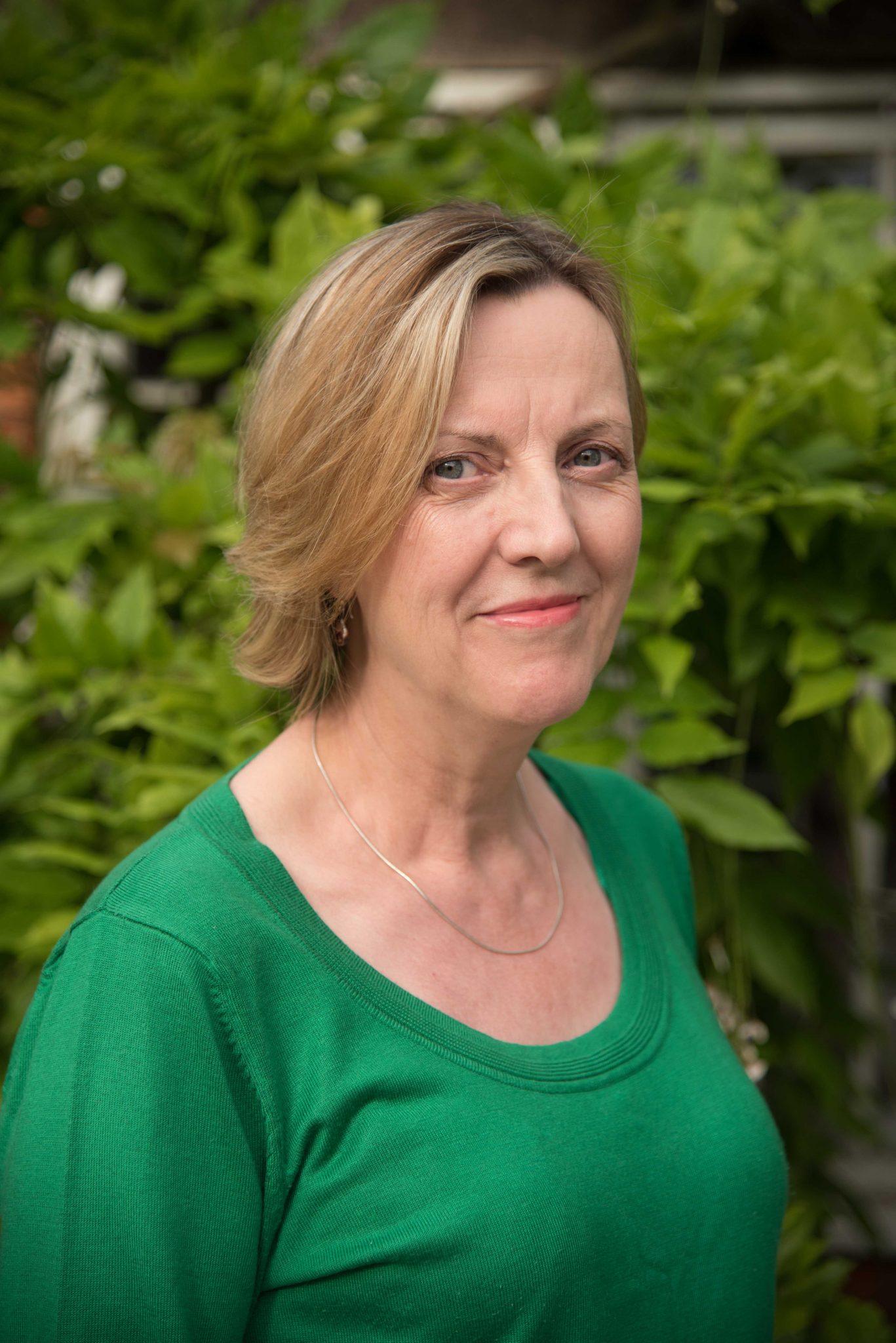Hearts, Flowers and Handfasting.
31
JULY, 2017
for ‘NewBooks’ magazine.
Valentine’s Day is said to be the day when birds choose a mate for life; likewise, in the spring ‘a young man’s fancy lightly turns to thoughts of love’. The nineteenth century poet, John Clare, courted Patty Turner in the spring, gathering wild lilies of the valley for her flowerpots and wooing her with poetry and passion. But this was to be no fairy-tale romance: family bitterness and fears of scandal were to follow and, after marriage, a tragic love story unfolded as John Clare’s genius tipped into madness.
The discovery that ignited the idea for my novel, The Poet’s Wife, was that John Clare’s madness included the delusion that he was bigamously married. He believed himself to be married to both his real wife, Patty, and his childhood sweetheart, Mary Joyce.

Photograph via Unsplash
At the start of the novel, Patty finds her husband sitting at the side of the road having absconded from an asylum and trudged eighty miles home. He fails to recognise her and it becomes apparent that he has returned not to find her and his children but to find his first love, Mary. What must it be like to feel that you are losing your husband to a rival who is impossible to match: a woman who is worshipped in his memory and perfected in his imagination? What duties does the marriage vow, ‘ in sickness and in health,’ incur when a partner has changed beyond recognition? Through writing in Patty’s voice I was able to explore this conundrum. Beset with jealousy and struggling with her anger and hurt, Patty seeks refuge in remembering a happier past, but is unsure whether the memory of courtship is ever enough to sustain love or whether this is just a romantic dream; she longs to heal John of his demons and restore him to the man she married.
“The heart is an organ of fire: it can warm us or consume us.”
Patty’s clear-eyed view of the deep rifts and strong bonds of a marriage contrasts with the naivety and vulnerability of her daughter Eliza, whose romantic notions lead her dangerously close to ruin. Placing the love stories of both mother and daughter side by side allowed me to explore the way that a woman’s views about love change as she matures and experience teaches that there will be some sore trials rather than roses all the way. As she says to Eliza: ‘the heart is an organ of fire: it can warm us or consume us.’ I have always been fascinated, in my own reading, by the blurring of the boundary between love and madness: from Bertha Mason in Jane Eyre to Jed Parry in Enduring Love, we see thwarted passion forcing characters to act in irrational and peculiar ways. In the novel, John disregards Patty’s hurt, writing screeds of poems and letters to Mary, hankering after his first love even after she has died and refusing to believe that she has passed away. Eliza is driven to deceit and an attempt to destroy her own beauty. Patty is forced to spy to try to find out the state of her husband’s heart and even finds herself drawn to visit her rival’s grave, in an effort to lay a ghost which will not be put to rest.
Yet despite all the heartache caused by love, Patty still wishes that she and John could have been ‘handfasted’ – their wrists bound tightly together at their marriage, in the country custom of the time. This marriage ritual is surely an apposite image for love, reflecting its chafe and pain while still acknowledging that our greatest strength lies in the bonds of the heart.


0 Comments